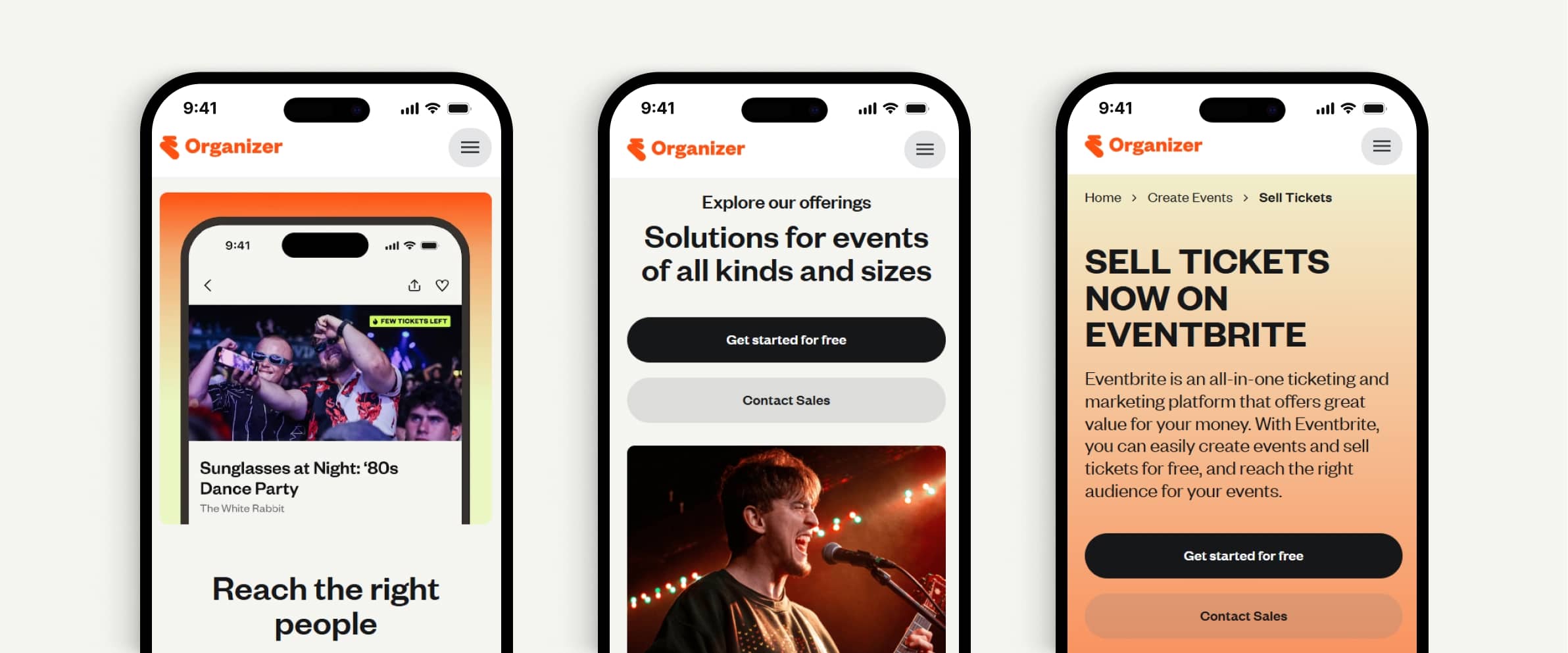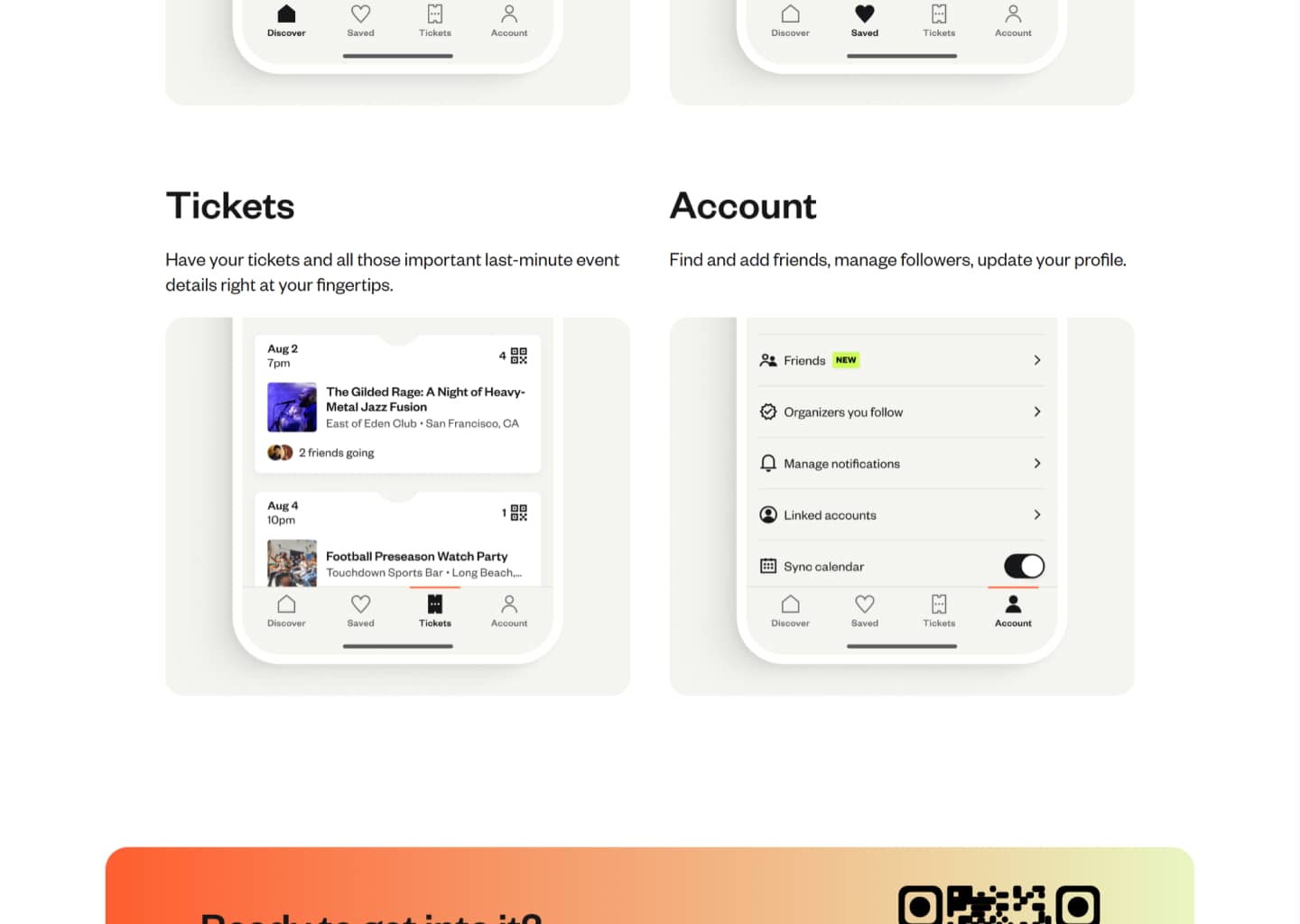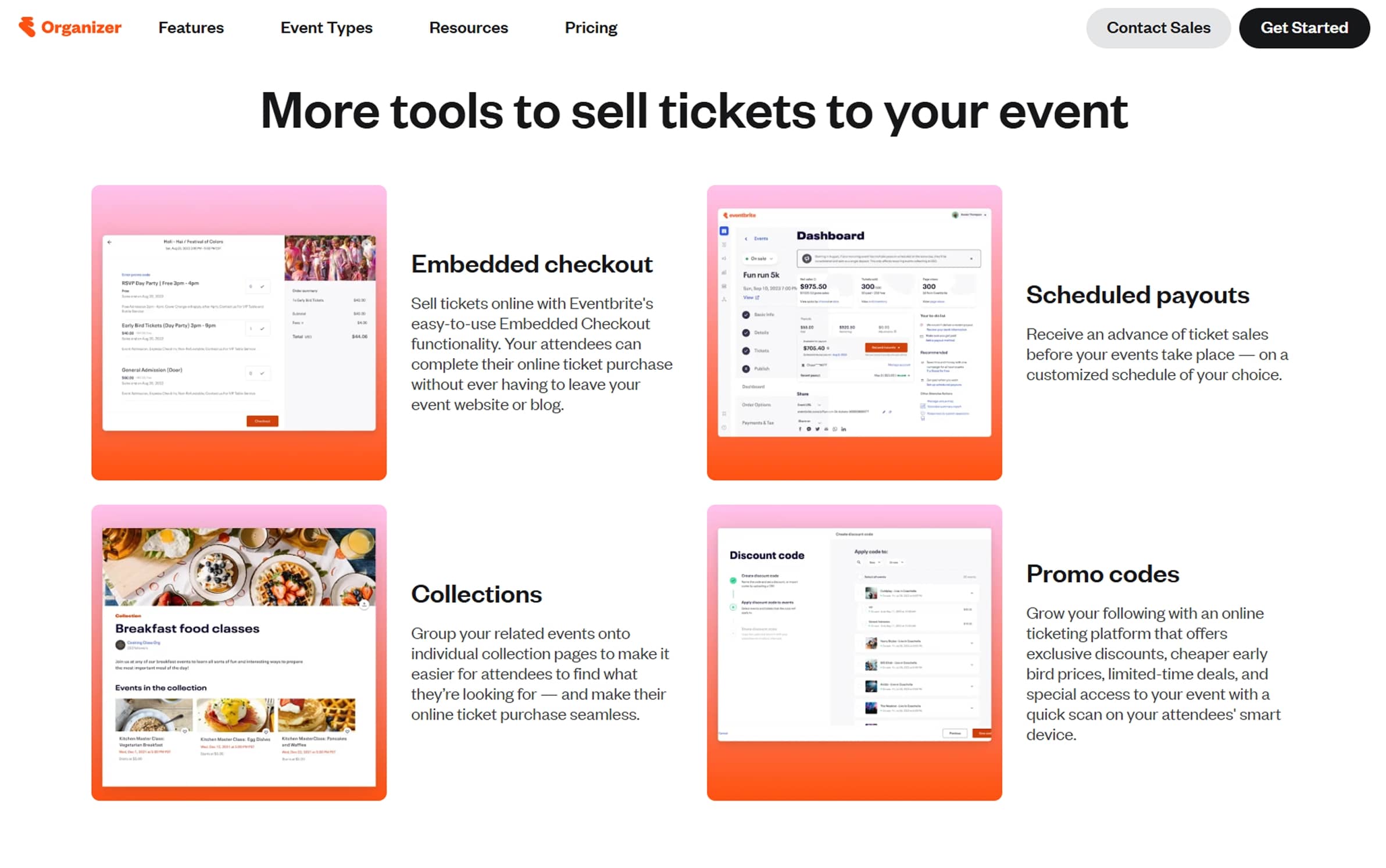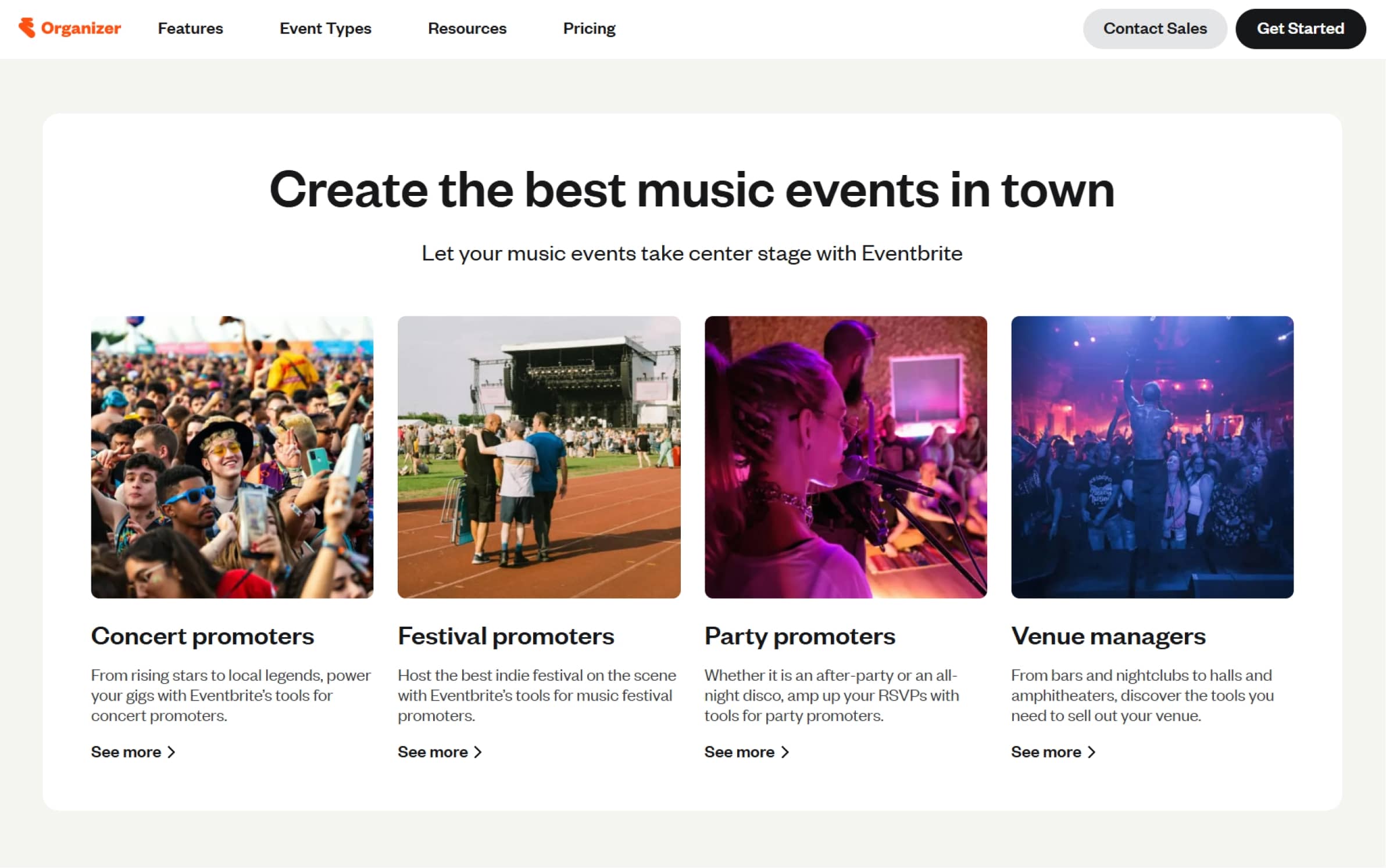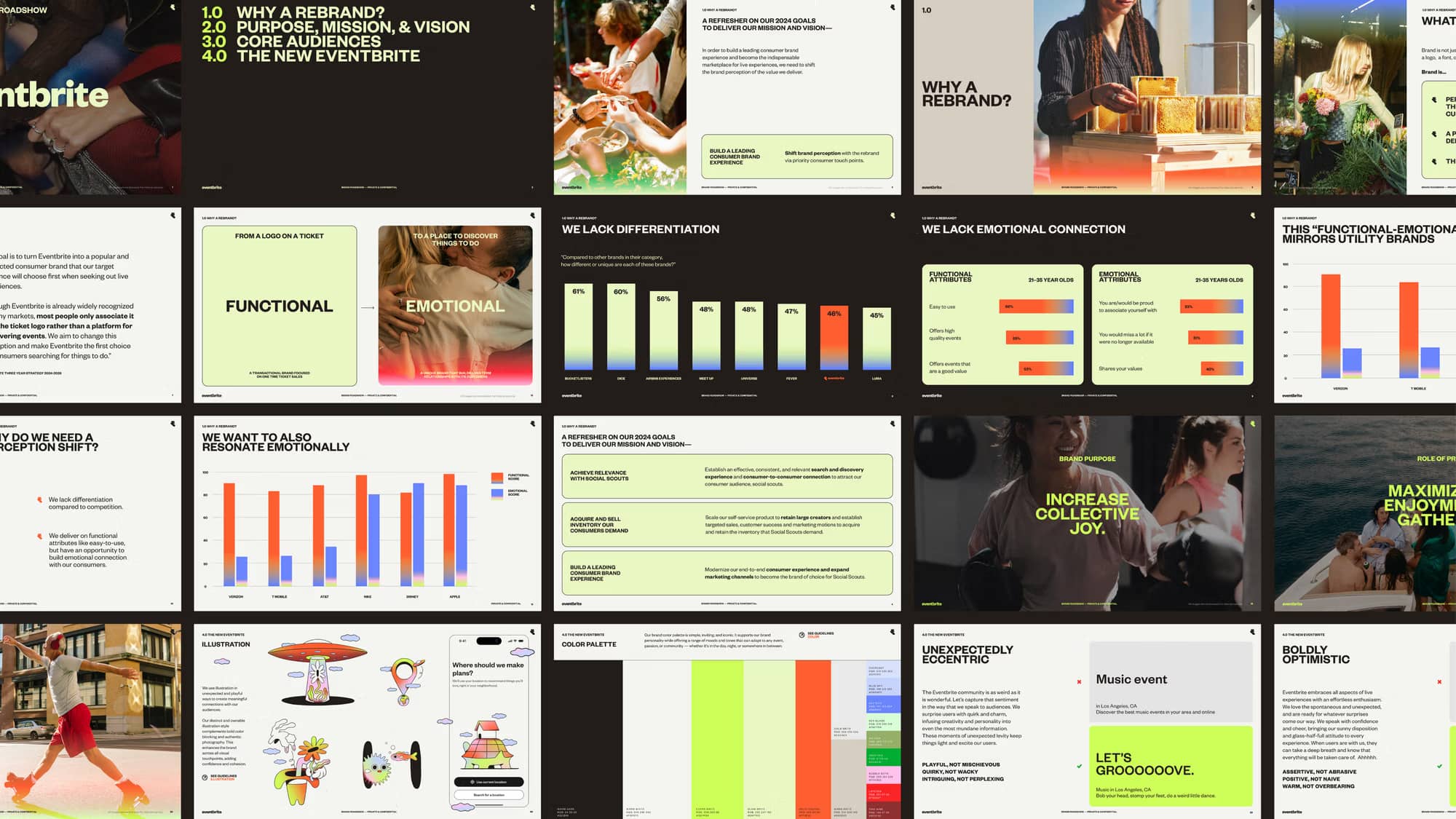Reflections and Learnings
On one hand, coming out of this project, I can see how it honed my ability to lead complex rebranding initiatives at scale while safeguarding brand integrity and UX quality. Advocating alongside the Brand Studio team to expand the rebranding scope to include a release for both B2B and B2C audiences was not only an advocacy victory but also a valuable lesson in leadership.
On the other hand, close partnerships with engineering sharpened my skills in proactive design handoffs and real-time quality assurance during development cycles. The improvements in conversion and lead generation underscored the importance of anchoring design decisions in data, as well as the need to advocate for iterative enhancements in large-scale design projects.
We had to make a few trade-offs along the way, in the way of how we were going to use certain visual elements (namely font treatment and colors). Serving as a bridge between the Brand Studio team and other cross-functional partners meant I had to advocate in each scenario for solutions that met the needs of both groups.
